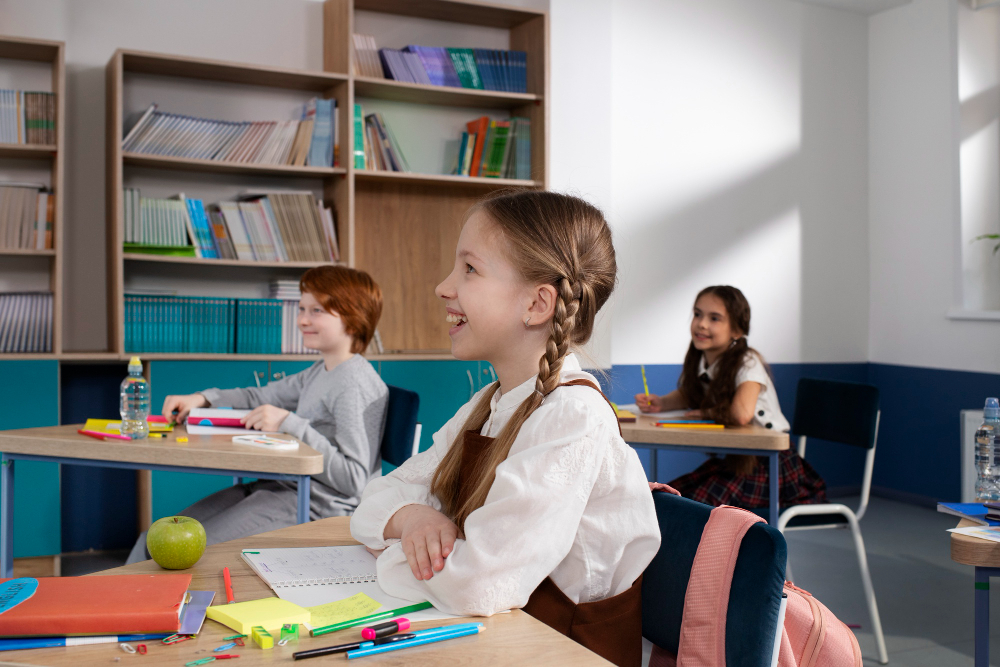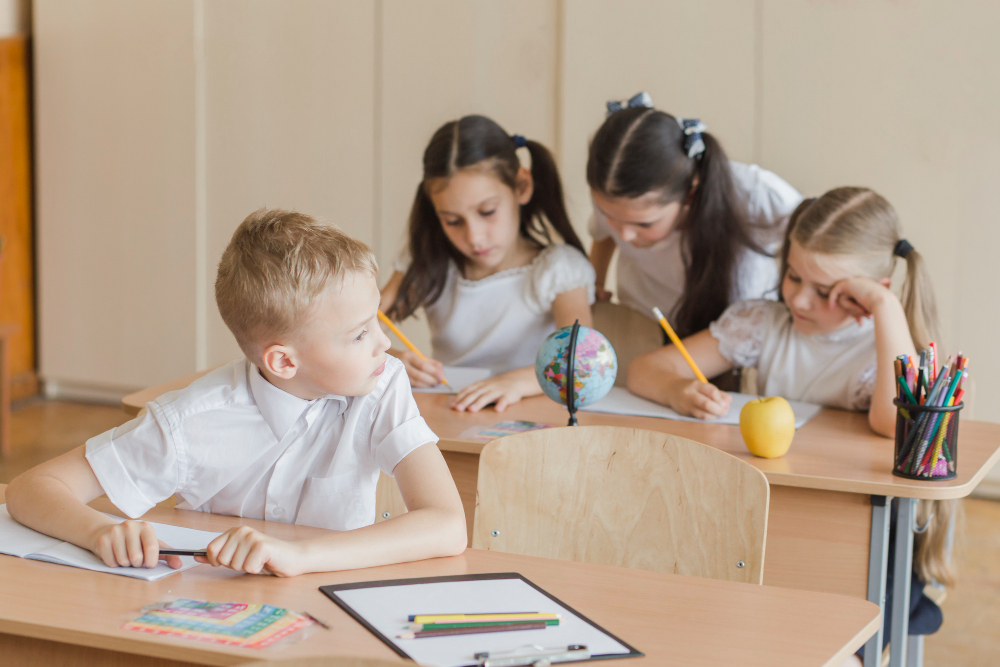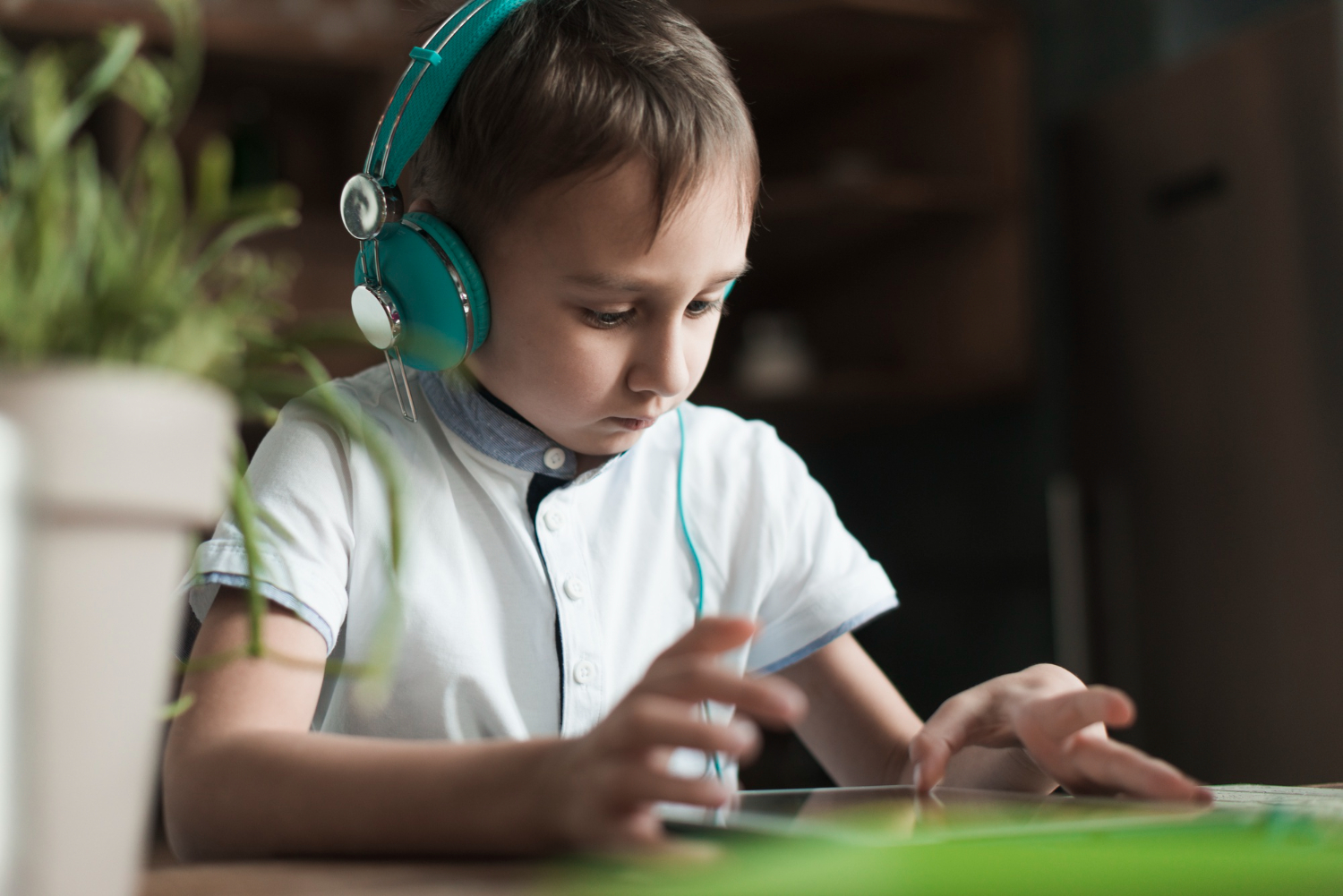5. Incorporate Mindfulness and Relaxation Techniques
Start or end the class with short mindfulness exercises, such as deep breathing, guided imagery, or meditation, to help students focus and reduce stress. These techniques can improve concentration, emotional regulation, and overall well-being. Integrating these techniques into the daily routine can create a calm and focused learning environment, enhancing student engagement.
6. Use Project-Based Learning
Design projects that require students to apply what they have learned to real-world problems, developing critical thinking and problem-solving skills. For example, in a history class, students could create a documentary about a historical event, involving research, scripting, and video production. Teachers and teaching assistants can help manage the logistics of these projects, provide guidance, and support students in their research and project execution. This method makes learning more relevant and engaging by connecting academic content to practical applications.








